The Vampire Diaries: The Highs, The Lows, The Loves
Looking back on eight seasons of The Vampire Diaries, Caroline sees how the vampire drama stacked up.
This article was originally featured on Den of Geek UK. Warning: it contains spoilers!
It’s sometimes hard to look—really look—at a show while it’s still airing. For one, there’s still story left to tell and circles left to complete, but there are also troubles and triumphs that don’t become clear until you take a step back and look at the full picture.
The Vampire Diaries wrapped up for good last year, and the dust has just about settled. How well does it hold together, and will it remembered as more than silly sub-Twilight fare? Let’s have a look.

Torn between two brothers (feeling like a fool)
Let’s start where the show itself started: with Elena Gilbert and her two vampire suitors.
Before The Vampire Diaries, teen bloodsuckers tended to fall into two categories. The first was the Edward Cullen-type, dark and broody but also incredibly endearing and romantic. He probably struggled with his true nature, and intense self-flagellation would follow the occasional binge.
The second was Buffy‘s Spike-type, a more dangerous vampire who takes gleeful pleasure in killing his victims but had a certain smoulder that’s impossible to resist. Both of these character types are quickly ‘woobified’ (adopted and endlessly apologised for) by the fandom, and battle lines will be drawn over who the heroine should ultimately have her happy ever after with.
All of this happened in The Vampire Diaries’ first season. In a sped-up version of Buffy’s own arcs with Angel and Spike, the first 22-episodes featured Stefan falling in love with Elena, revealing that he had a bit of a problem with blood, turn dark, be forced into “rehab,” and then return to his hero status. Damon, meanwhile, was redeemed enough by his own love for Elena that she started to have feelings for him also.
The love triangle was baked into the premise, but somewhere along the way the writers realised they could play around with expectations and play the long-game with its heroine’s affections.
So the love triangle itself was never the issue, but the lengths to which the show went in order to leave it unresolved bordered on the ridiculous after more than five seasons. After years of indecision, we’re told that Elena chose Stefan in the season three finale because she’d met him first, but then we discover that a prior meeting with Damon had been wiped from her memory. After becoming a vampire she decides that Damon’s more her speed, but then an ancient prophecy pulls her and Stefan back together.
It eventually settled, but the endless to-ing and fro-ing, apparently in service to the rabid fanbase that had developed for both couples online, betrayed what could have been a beautiful story of a girl growing out of one kind of love and into another. The safe choice versus the person who challenges you to grow. That’s what we got by the end, more or less, but getting there could be a slog at times.
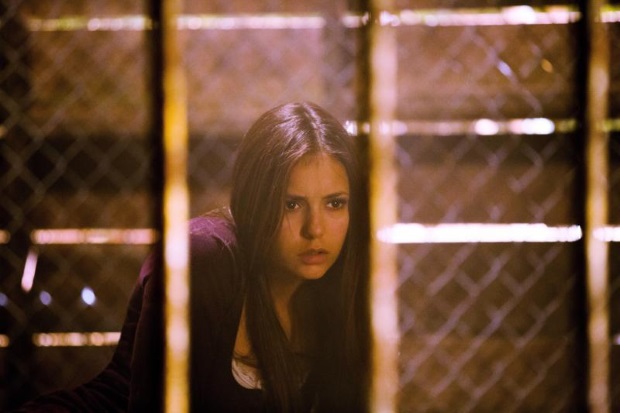
Vampirism as metaphor
In sharp contrast with the Bella Swans of the literary world, Elena remained adamant throughout the first four seasons of the show that she didn’t under any circumstances want to become a member of the undead herself. After straddling the line between both worlds for years, the show’s heroine was thrown headfirst into one full of misguided passion, hedonism and murderous impulse – as good a metaphor for adulthood as any.
But where Buffy may have used its supernatural elements to explore the horrors of experiencing high school, The Vampire Diaries was a little more nebulous with its metaphors.
At any one time the show could use a vampire’s ability to turn their emotions off at will as a metaphor for numbing depression and grief, falling off the wagon or just giving up on humanity entirely. The first was always the most interesting, with Elena flipping the switch after Jeremy’s death and Caroline doing the same when her mother died from cancer.
Elena turned into a vampire at just the point where adulthood was threatening to become not just something she could watch from afar, but something that would bring more pain and heartbreak into her life than she knew how to handle. Your early twenties are hard, and more often than not life finds a way to break us down until we’re tempted to stop caring about anything at all.
Then somewhere along the way you realise that the heartache is just a byproduct of all the good things about being alive. Love, family, friendship, the chance for redemption—by not feeling anything at all, you don’t just miss out on the bad stuff. That’s the story The Vampire Diaries wanted to tell, and Elena’s arc demonstrated it beautifully.
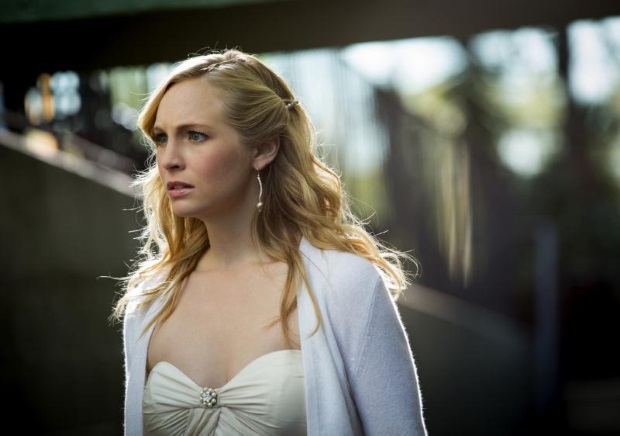
Caroline Forbes: better dead than alive
With a story that runs parallel to Elena’s, Caroline Forbes should be remembered as the bigger-than-big swing that the show took in season two, and one of its most enormous achievements.
Introduced as the total opposite to Elena—brash, sexualised and insecure —Caroline was separate from the main story for most of its first season. She had been abused, used and abandoned, but she wasn’t a main player in the same way that Bonnie was. Then Katherine killed her and, ironically, her character came truly alive for the first time.
Caroline’s story was one of self-empowerment, and of how letting go of all the stuff that doesn’t matter can open up the world to so many more joys. Over the course of eight seasons, Caroline Forbes was the best friend, the best girlfriend and the best hero of them all, and watching her struggles was made all the more powerful for that fact.
Of all the main players, her story is the least finished, with a strong chance that she will find her happy ending with an old flame in New Orleans. But even if that doesn’t happen, it was a great story and one that shows how a big risk early on can pay off for years.
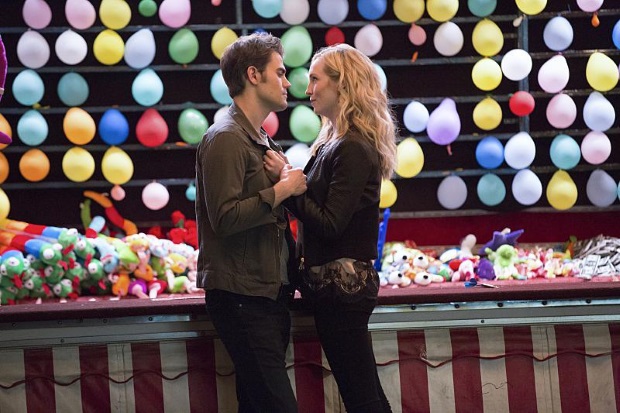
The other loves
Shipping culture hasn’t ruined television, but there’s a strong argument that television’s response to shipping culture has, on many occasions, ruined itself. One of the best things about Buffy in retrospect was the way it broke couples up organically when it was the right time, and showing how different phases of our lives call for different human connections. When showrunners put audience reaction before story cohesion things start to fall apart, and The Vampire Diaries to its credit managed to dodge this problem more often than not.
The slow build to Stefan and Caroline’s romance was the height of this, and a rare gem for modern TV, as the writers resisted the urge to push them together simply because of their natural chemistry and strong following online. Instead, they stuck to their guns with the Stefan/Elena/Damon love triangle, for better or worse, and spent almost six entire seasons building up to the “Steroline” union.
At this point, the pair were well-established and beloved characters apart from each other, and their romance felt earned in a way other relationships later in the series run didn’t.
One thing The Vampire Diaries always remembered was that not all loves are ‘epic loves’, and soulmates come in different forms. Human Caroline needed sweet Matt Donovan, and new-vamp Caroline needed a newly turned Tyler. Caroline and Stefan was a romance based on deep, intimate friendship and, while she was Stefan’s final love, he will not be hers.
Long-form storytelling has a unique opportunity to tell these kinds of stories, of people falling in and out of love infinite times over the course of a life, and this was a great example.

Team Human
When showrunner Julie Plec announced that she would never, ever kill off Matt Donovan, it was hard to believe her. Without the benefit of the immortality rings given to Jeremy and Alaric for their protection, Matt was always the one in the firing line – the pure, white knight that would pack just the right punch should the writers decide to off him at just the right emotional moment.
But Plec was true to her word, and Matt was there until the end to represent Team Human even as his friends were slowly turned into vampires, witches, werewolves and hunters.
Those characters – Alaric, Jeremy and Matt – were the thing that stopped the show from becoming too removed from reality, and that kept Mystic Falls as a town rather than just a place where the action goes down. They were there to remind us that people were dying, and the world was not as it was when they were innocent teenagers just trying to make it to class.
Each of them served Elena’s story in some way, and so they were left somewhat adrift when she left the show. Still, keeping the star’s childhood sweetheart, brother and father-figure as normal and human as possible was a good move, always keeping her anchored to the real world.
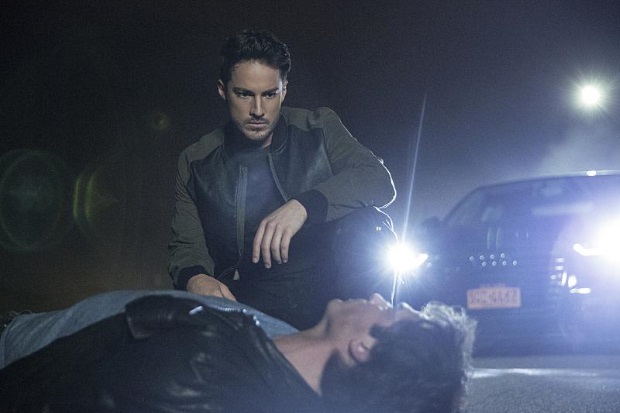
What the hell was going on with Tyler?
Romantic hero, outsider vigilante or abusive boyfriend? The show couldn’t decide what to do with Tyler and the audience couldn’t keep up. Before a shockingly unceremonious death in the final season, Tyler was a walking example of toxic masculinity passed down through the generations. Descended from a line of werewolves and bullied by his father, his powers were only introduced after he’d taken a life.
All of that was good, picking up the traditional metaphor of werewolves as a stand-in for anger management. But Tyler quickly became a walking vengeance machine on a show that not only gave the object of his wrath (Klaus, who killed his mother and slept with his girlfriend) his own spin-off, but never really cared what its protagonists deserved over what they meant to each other.
Having a character turn against vampires and constantly bring up their atrocities never, ever worked on The Vampire Diaries, with Matt going down a similarly infuriating path during the seventh season. This was a story about some really bad people who were trying to be a little bit better, and Tyler’s vendetta against Klaus just didn’t make sense on that level.
It didn’t help that he was also one of the characters with the most muddled supernatural trajectory. One minute he was a human, then a werewolf, then a hybrid, then a human again. He finished off as a werewolf (I think) after killing his girlfriend at the time so that the werewolf curse would heal him. Classy ‘til the end.
Tyler had his fans, of course, and the internet was full of “Forwood” shippers once upon a time, but with all of the characters that had their presence reduced in later years, Tyler may have gotten off the worst.
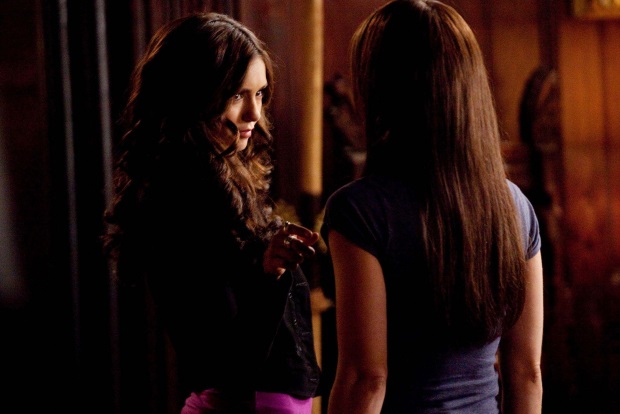
Doppelgangland
The Doppelgangers got a bit silly after a while, around the time when the show was using them to tell us Elena and Stefan were fated from the very beginning, but it was never a bad day when Katherine came to visit. Sultry, evil and completely lacking in remorse, she was the dark secret in the Salvatore’s closet, and a force of nature whenever she was on screen.
The character more than anything showed off what a talent we had in the form of Nina Dobrev, who managed to portray two entirely separate characters so convincingly that the audience sometimes forgot they were the same actress. Orphan Black pulled this off on an even larger scale, but my God, Dobrev was good.
The show always found new things to do with her, whether that was holding up a dark mirror to Elena or aggravating the love triangle situation. When given the cure, she was suddenly forced to confront mortality as she rapidly aged, but even then the series refused to redeem her in the same way as Damon.
Katherine was an excellent villain but also an excellent character, with a tragic backstory that didn’t negate her present-day antics and a love for life you could almost root for.
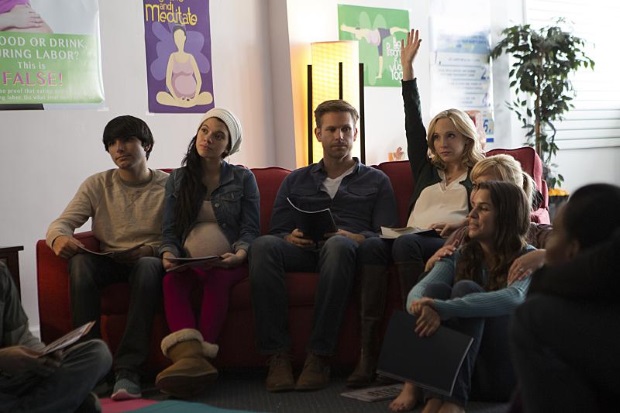
If it ain’t broke…
Oh, season seven. The closest thing this always-crazy show got to a gas-leak season, Elena’s departure at the end of season six appeared to send a flurry of strange ideas into the writers’ room and resulted in some of the most divisive decisions of the show’s entire run.
Candice King’s real-life pregnancy somehow resulted in her becoming the surrogate for Alaric’s dead but mystical twins, Stefan discovered he had almost been a father with a character we’d previously known nothing about, and Bonnie was somehow now in love with Enzo. Some of these twists worked better than others, but there were a heck of a lot of misfires along the way.
The lesson of both this and the college era all teen shows attempt at some point was that fans like familiar sets and new takes on old dynamics. Throwing a bunch of new characters into the mix rarely if ever works, and throwing characters together who’d previously never spoken is just going to give audiences whiplash.
Time jumps can be exciting and often help to freshen up stale, ageing series, but very little about the execution here felt right or earned.
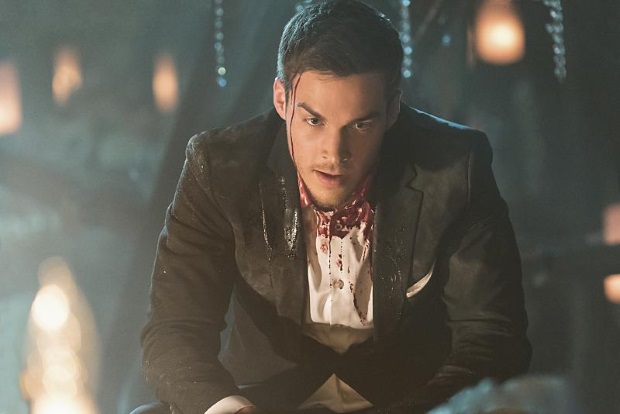
The villains
The Vampire Diaries had a problem with its villains in later seasons, due mostly to how successful it had been during the first couple of years. Everything the writers had learned from the tomb vampires in season one was applied to The Originals, which was then copied over and over again until all we could do was wish for a decent, maniacal villain who wasn’t just trying to unite their family.
In came Kai, who was a complete lightning bolt for the show during season six. Benefiting from the equally intriguing Damon/Bonnie in the 90s subplot, Kai was refreshing in that he was just really, unapologetically evil. Very little attempt was made to make us feel sorry for him, and his plot in the sixth season finale led to many huge consequences for the show that lasted right up until the end.
I’m sure it’s no accident that Kai and Katherine were the two villains brought back for the final season, despite Chris Wood’s commitments on Supergirl, as The Vampire Diaries always did know a good thing when they stumbled upon it.
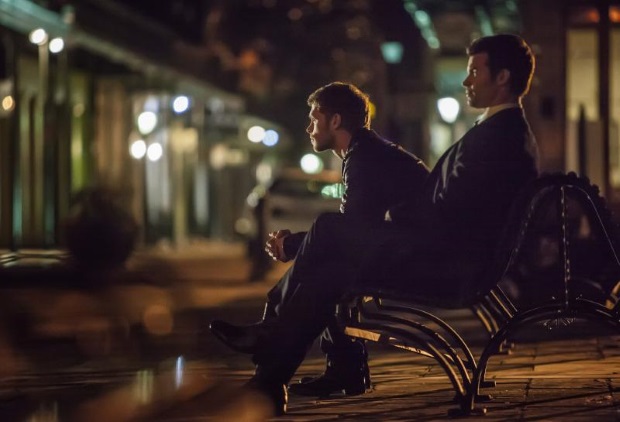
The Originals
One of the best things The Vampire Diaries ever pulled off was the introduction of the Mikaelson family. I still remember the thrill of Elijah’s first introduction in season two, and the genuine threat that Klaus presented in those subsequent episodes. It was also the first time that the show managed to make its audience genuinely care for the season’s bad guys, humanising them to an extent that shouldn’t be possible with ancient supervillains with unlimited power.
When the writers saw audience reaction, Klaus, Elijah and Rebekah were quickly woven into the main plot. Klaus and Caroline became a thing, and Rebekah fell for nice guy Matt.
In the end, the family stuck around as very big fish in a very small pond for a little too long before being shuffled off to bigger, more brazenly Shakespearean matters over in New Orleans, but while they resided in Mystic Falls they provided such heightened story opportunities and character interactions that it was a wrench to see them go. For many fans, the parent show never recovered.
There’s a reason why, after all these years, people are still clamouring to see a reunion between Klaus and Caroline (they got their wish in the season premiere of The Originals’ final season), and yet another spin-off has been announced to follow. The Mikaelsons were really lightning in a bottle, the happiest of accidents.
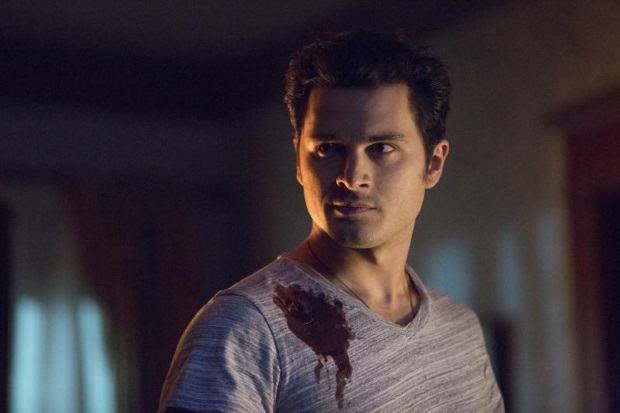
What the hell was going on with Enzo?
So he was in love with Damon, right? That’s my hill and I’m dying on it.
When introduced, Enzo was an intriguing and dynamic presence that quickly turned into a whiny, self-woobifying mess that the writers clearly didn’t know what to do with. A different character every season, it was impossible to keep track of who Enzo was and what he cared about, and he became more plot device than character before the end.
That’s not to say that his relationship with Bonnie wasn’t handled as well as possible, or that male characters shouldn’t be fridged in the service of female ones from time to time, but the outsider romantic hero he became was far away from the Damon-obsessed vampire he’d come into the show as.
A victim of the season six/seven upheaval, there was a moment when you thought the writers wanted to push him together with Caroline, and he was then wrapped up in the Initiative-esque science versus magic arc. There’s a throughline there of him desperately searching for family and his place in the world—imprinting on whatever came along—but you have to squint really hard.
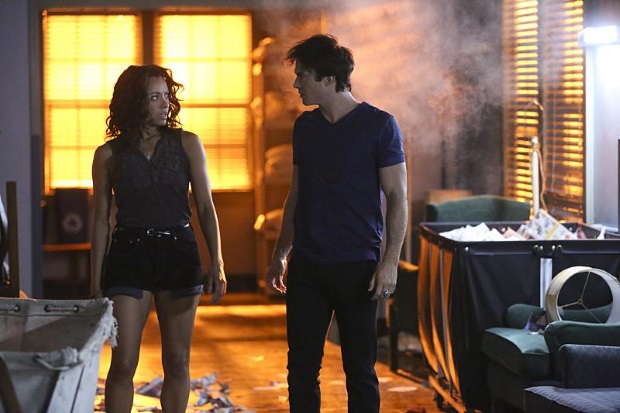
Damon’s companions
If you’re going to redeem the irredeemable, do it through his friendships. By putting Damon next to the show’s most moral and unwavering characters, a balance was struck that both helped the audience see past his misdeeds and fleshed out other supporting players in the process.
These friendships – with Alaric, with Liz Forbes, and with Bonnie – became as important to the overall show as the romances, and were often portrayed as just as intimate. Starting off as a relationship of convenience, Damon soon came to genuinely care for Liz, and it was him beside her when she eventually died. Their final scene is still one of the best the show pulled off.
Then there was Alaric, who came to town looking to murder Damon for turning his wife into a vampire. After they sorted out that little mess, they became reluctant drinking buddies, best friends and pretty close to platonic life partners until Matt Davis wanted to leave the show. They never quite got that bond back, but it was a highlight of the show while it lasted.
The crowning achievement here, however, was Bonnie. Season six has a special place in my heart for a lot of reasons, but most of all for making me realise that Bonnie is totally awesome and there’s nothing like being permanently stuck in the 90s to bond you with your worst enemy.
In retrospect this storyline was all in service of giving Damon someone to bounce off of after Nina Dobrev departed, and it worked beautifully. His relationship with Bonnie replaced the emotional highs and lows of his relationship with Elena in those last two seasons, and with it an all-too rare example of close male-female friendship on television was born.
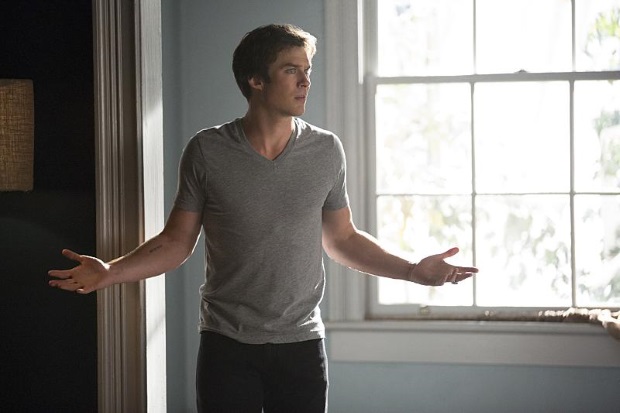
The ups and downs of rapid-fire storytelling
Not every show comes out swinging from the very first episode, but those first few hours of The Vampire Diaries were really rough. Once it hit its stride, however, there was no stopping it, and this at the time unprecedented storytelling pace was both the making and the downfall of the show.
Vicki Donovan was the sacrifice the show demanded right when viewers needed a reason to keep watching. As a character, Vicki was as if someone read a brief character description of Cordelia Chase and decided to just wing it, but as a plot device she was a genius way to raise the stakes and establish the rules of vampirism early on without getting rid of anyone too close to the main players.
Not long after, Vampire Diaries became known for its propensity for killing off major characters with reckless abandon, and I’d like to think this attitude changed television for the better. The “anyone can die” rule has been credited to The Walking Dead or Game Of Thrones, but The Vampire Diaries had its part to play. The difference is that death didn’t mean the same thing in this supernatural world.
When you’re cycling through plot at 10x the rate of an ordinary show, you’re only going to get two to three really, really good seasons until things are recycled. The Vampire Diaries was a breakneck thrill ride for the first couple of years, introducing and dispatching characters at unprecedented rates and getting through in a single season what most shows would have taken years to explore.
Around mid-season three, the pace started to wane, and story beats started to feel familiar. Dead characters were brought back time and time again, negating the deaths of any meaning.
The show still took risks and changed things up from time to time, but the water-treading became more apparent and he rest of television caught up. The storytelling structure wasn’t unusual any more, and the show never quite reached those heights again.
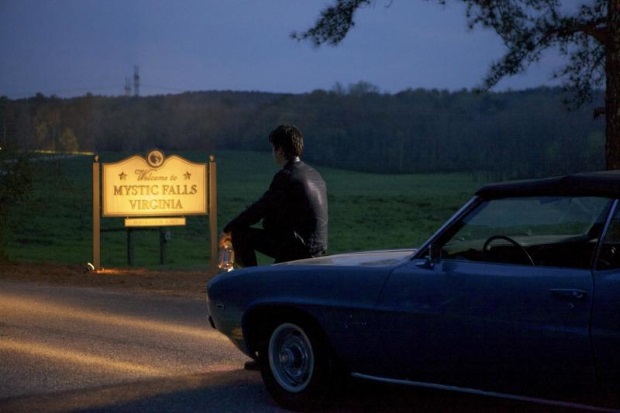
The legacy
It’s perhaps an inflammatory observation, but I’d wager that The Vampire Diaries wouldn’t be able to exist right now, as television aimed at young people becomes less and less able to waver from the black and white morals we expect from our real friends and family. Audiences want characters to act in ways they approve of, which is no bad thing in itself, and there’s no getting away from the fact that The Vampire Diaries was populated by morally grey, or outright terrible, characters from the outset.
It was always a show out of time, coming at the tail end of the vampire craze and long outlasting it. It’s a sad fact that the series will likely be remembered as an inconsequential one, something that captured the imagination of young, female CW watchers but little more.
But that’s unfair as, even if the eight-year run was choppy and imperfect, there was always something going on beneath the surface that justified the ups and downs.
It was the story of a girl who’d lost her parents along with her innocence, and it was a love story told over multiple years and multiple versions of herself. It was a show about how we shift and change with the world around us, and how we need to find hope and purpose in the people we love.
It was a story about vampires and witches and werewolves and doppelgangers at a time when that type of fiction wasn’t quite as accepted as it is now, and it should be remembered as a genre-bending, trailblazing show that always remembered it was here to entertain.
In other words, when it was good it was really good, and it was bad it was often even better.